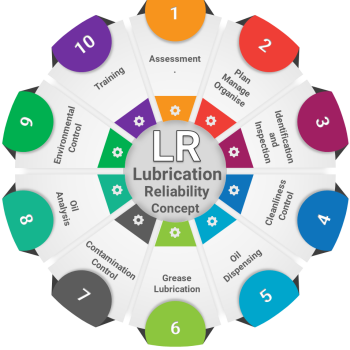Understand your oil, protect your equipment
Condition monitoring is a key element of an effective Lubrication Reliability strategy. It offers insight into both the health of the lubricant and the condition of the machine itself. By regularly analysing your oil, you can detect wear, contamination, and chemical degradation early, well before failure occurs.
This step focuses on how oil analysis helps you make informed maintenance decisions, improve reliability, and reduce costs. Oil analysis plays a crucial role in predictive maintenance and Lubrication Reliability.





